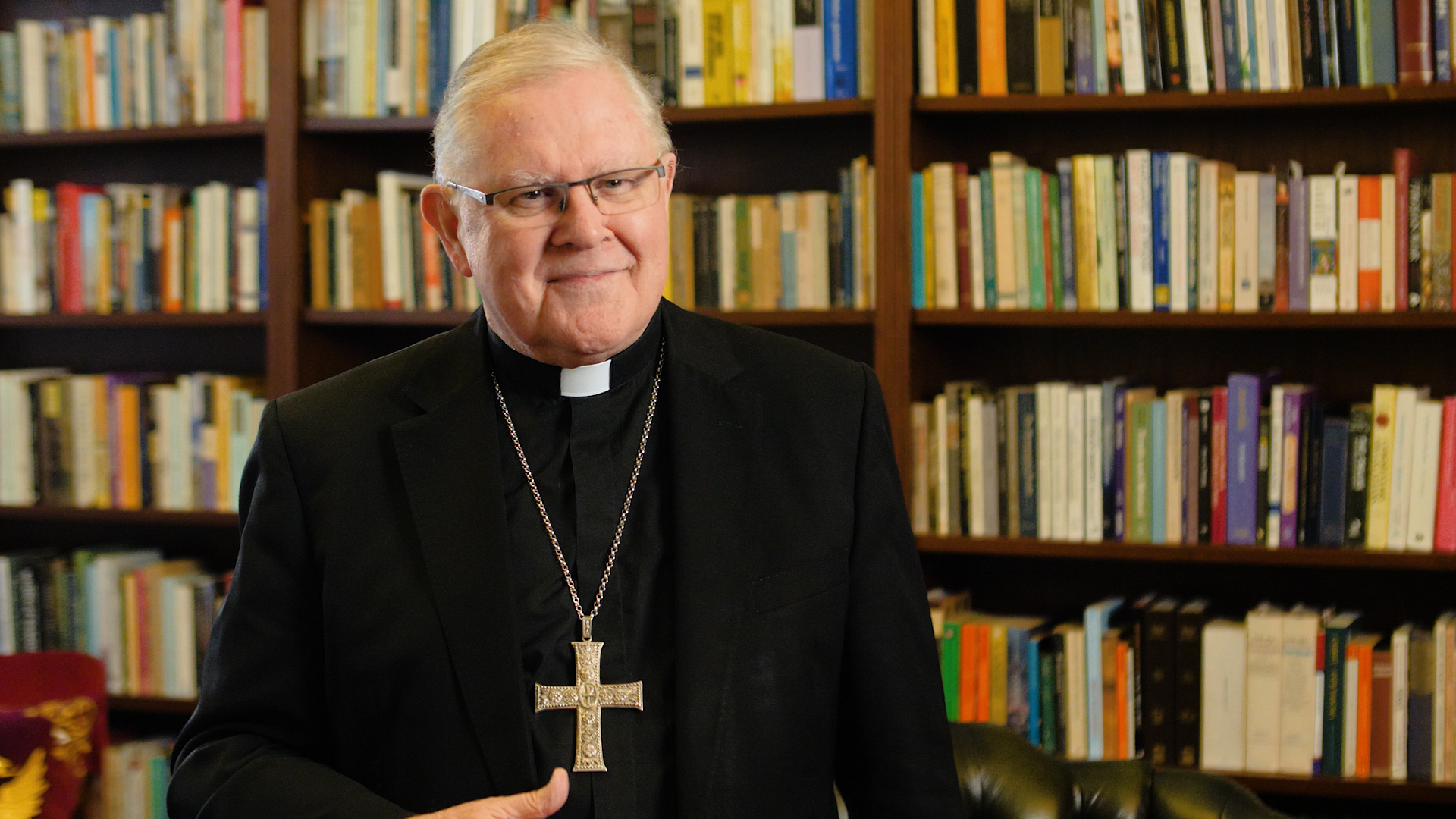Rudyard Kipling was an ardent supporter of World War I until his own son was lost in action early in the War, his body never found. The loss changed Kipling’s attitude towards the War and led him eventually to write the short story “The Gardener”.
It tells the tale of Helen Turrell, a young well-born Englishwoman who bears an illegitimate son whom she names Michael and, to avoid scandal, introduces as her nephew, supposedly the son of a deceased brother. The fiction that Michael is her nephew ensures that both are accepted in the society of the time.
Michael grows up, wins a university scholarship but then enlists as soon as the War breaks out. He is sent to the western front and is killed almost immediately. He is posted as “missing” and nothing is heard of him until after the Armistice, when Helen is officially informed that Michael Turrell is now buried in a military cemetery at Hagenzeele. She goes to see the grave. When she enters the cemetery, she sees a man planting flowers on the graves. She asks him where she might find the grave of her nephew. This then is how Kipling ends the story:
The man lifted his eyes and looked at her with infinite compassion before he turned from the fresh-sown grass toward the naked black crosses.
‘Come with me,’ he said, ‘and I will show you where your son lies.’
When Helen left the cemetery she turned for a last look. In the distance she saw the man bending over his young plants; and she went away, supposing him to be the gardener.
The ending clearly echoes the moment in John’s Gospel when Mary Magdalene, having gone to the tomb on Easter morning, sees the Risen Christ but thinks he is the gardener – until he speaks her name.
On this Anzac Day we, like Helen, go to the graves of the dead. Our simple and deep prayer is that all who have died in war will know the infinite compassion of the gardener who knows them, like the Good Shepherd, and who tends them as Helen saw him in the distance “bending over his young plants”.
